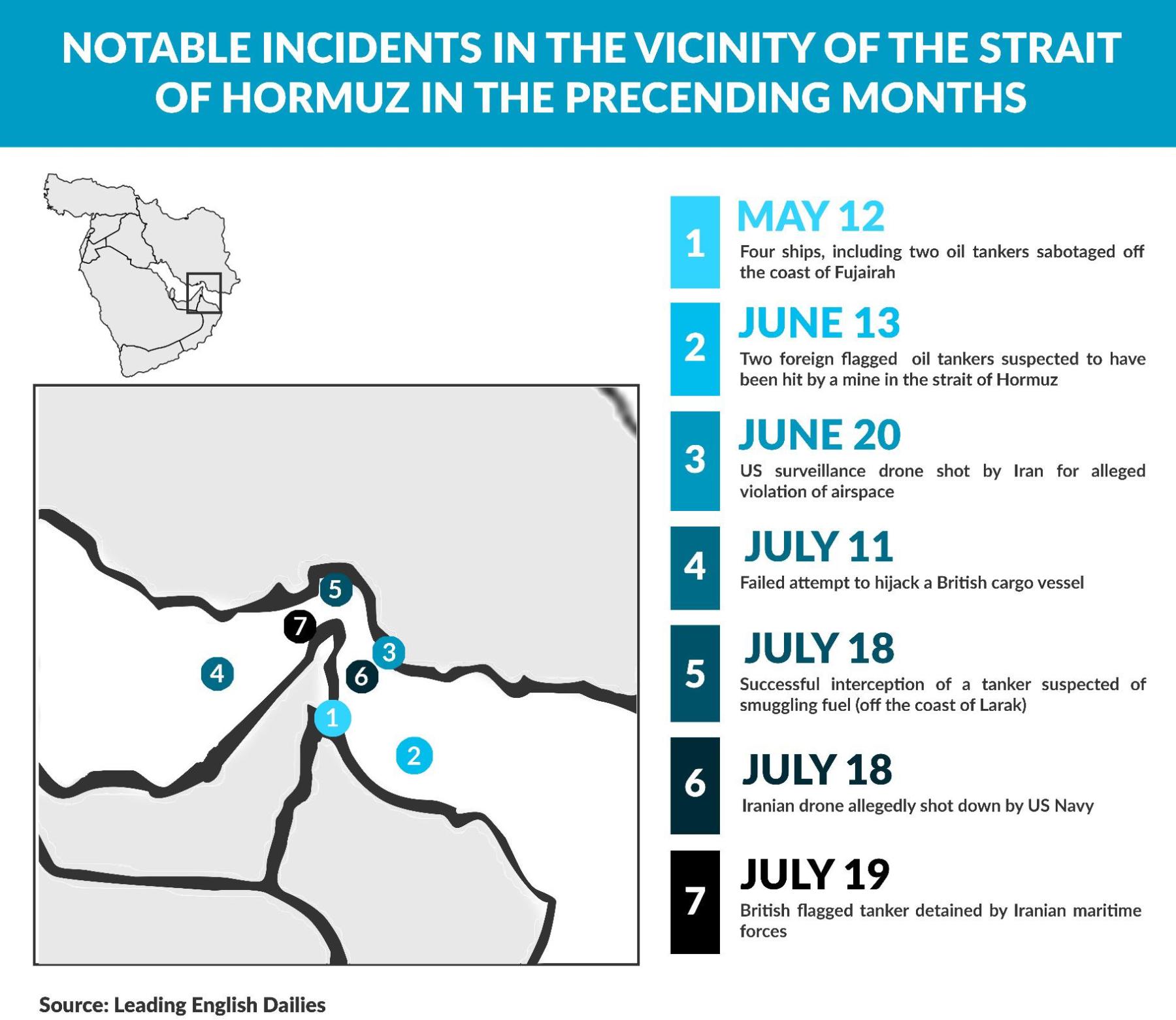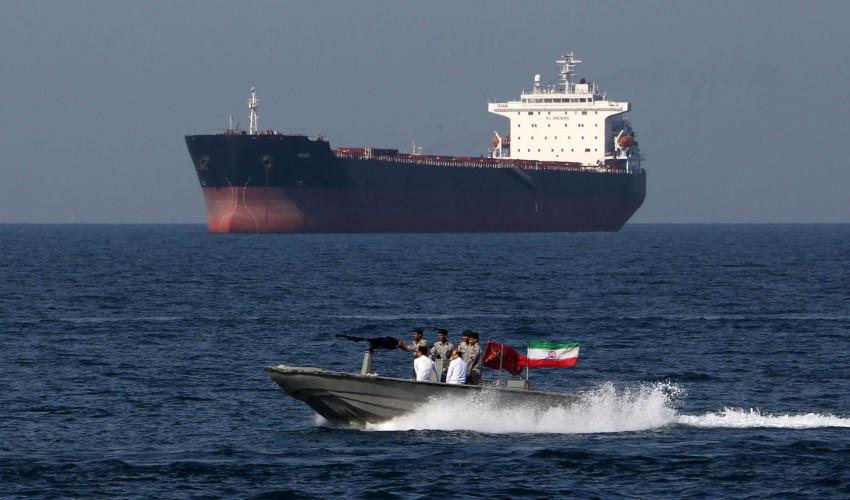US- Iran ‘Shadow Boxing’: An Escalatory Trend or Business as Usual?
US- Iran ‘Shadow Boxing’: An Escalatory Trend or Business as Usual?
In the backdrop of a surge in geopolitical tensions in the Persian Gulf, hostilities between the US and Iran seems to have recorded a notable uptick. This view is further bolstered by the additional troop deployment by the US in the region which was preceded by deployment of air and naval assets, including aircraft carrier battle group in the region in May. A similar move, involving concentration of resources have also been witnessed by the US’s regional allies like UAE, which announced significant cuts and troop drawdown from Yemen, back into its home-base. Some indications point towards the Emirates revised strategy to shore up defenses to tackle suspected Iranian hostilities in the region away from external engagements like Yemen.
The US and its allies have thus focused on concentrating their military assets in the Persian Gulf to tackle the rising Iranian threat- Actual or perceived. However, a closer scrutiny of the Iranian response provides a glimpse of a strategy which is in stark contrast to the one adopted by the US. Unlike Washington, Tehran has not announced any significant mobilization or troop deployments along the region overlooking the Hormuz Strait which has witnessed some ‘sparks’ which could potentially trigger a region wide conflict.
The Iranian counter strategy seems more inclined towards distributing its non-conventional (and potentially conventional) military assets across the region, notably in Syria, Iraq, Lebanon and possibly Yemen. This in turn explains the seizure of Iranian cargo heading to Syria, which was intercepted by the British security forces off the coast of Gibraltar on July 4. The recurrent cargo movements from Iran into the aforementioned regions by land, air and sea are also well documented. This modus operandi by the Iranian agencies thus remains operationally viable given the glaring disparity between capabilities and conventional/ unconventional military doctrines between Iran and the US and its Gulf allies.
Given the above framework in mind, the US and its allies are likely to further bolster its security presence, albeit with a limited deterrence value for Iran. The latter assessment is bolstered by the fact that despite a strong international military presence in the region, Iranian authorities continued to (and succeeded) in intercepting civil maritime shipping as was the case on July 18 and 19.
With this in mind, it remains likely that Iranian authorities may maintain a nominal force presence, sufficient to tactically operate under a high surveillance zone along the Persian gulf (as highlighted by the increased UAV deployments by both sides in the region) while at the same time expedite it's operational capabilities and force structuring in its 'areas of influence' namely Syria- Lebanon, parts of Iraq and potentially Yemen. A counter response targeting Western and Arab interest from these regions thus remains likely to be a more viable alternative given the fluid security situation and prevalence of a host of militias and non-state actors in the region.
Furthermore, given the established tactical tit-for-tat response pattern witnessed over the preceding years by the Iranian security agencies, the likelihood of the same strategy continuing, (albeit manifesting in different forms) is expected to continue at least in the short run. This view is further bolstered by the detention of the British ship in response to the interception of an Iranian ship in Gibraltar by British agencies. Sustenance of aforementioned logistical operations, are likely to continue to remain pivotal to Iran's strategy in the region over the coming days.

What to Expect?
1. Increased surveillance activity using UAV’s by both the US and Iran especially in the strategically vital Persian Gulf.
2. Given the patterns of engagement over the preceding month, both sides seem keen on avoiding any outright confrontation, including localized skirmishes, given the potential for a region-wide conflagration.
3. However, a tactical tit-for tat response like the shooting down of UAV’s seems to provide both sides a host of politico-military advantages- domestic and international, while continuing to stay under the tacit and mutually agreed threshold.
4. While localized maritime operations by Iran, including the attempted hijacking and targeting of cargo ships- actual or alleged, are likely to be taken seriously by the West; a beefed up security presence, featuring increased naval patrols and increased military personnel and asset deployment are more or less likely to serve as a deterrent, albeit not absolute.
5. Additional blockade or seizure of Iranian shipping is expected to result in retaliation in similar form by the Iranian security forces under a host of pretext ranging from violation of maritime borders to alleged environmental protection issues.
Related Posts
Comments (0)
- No Comments Yet

